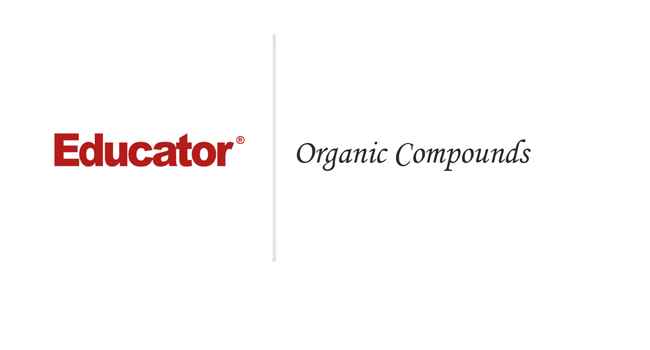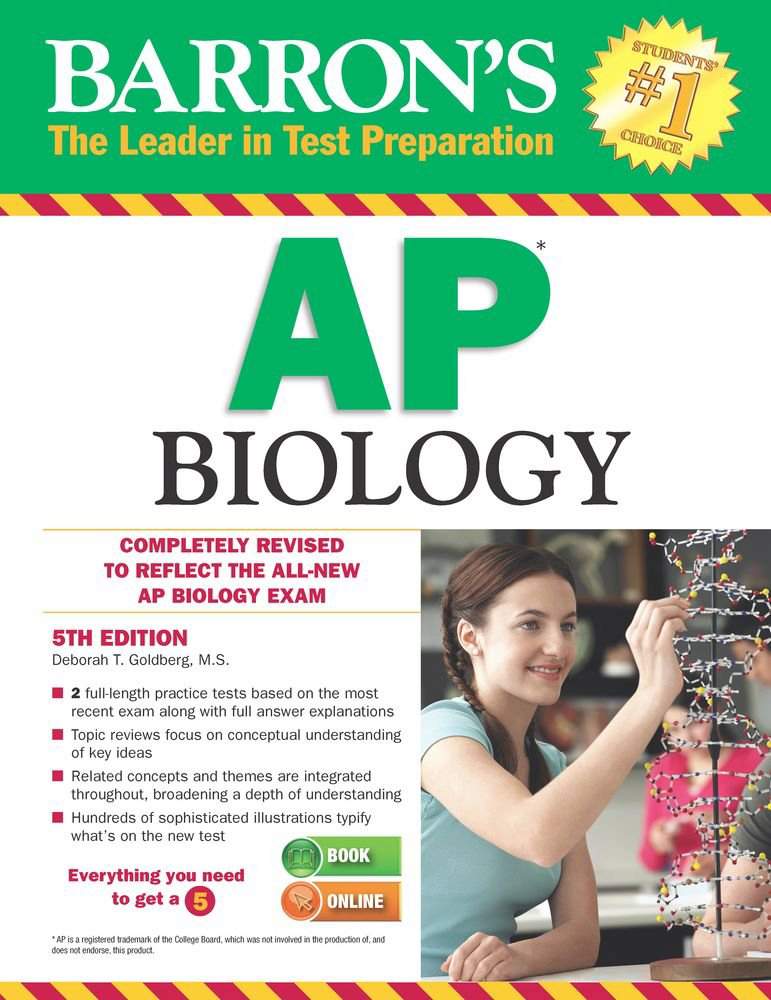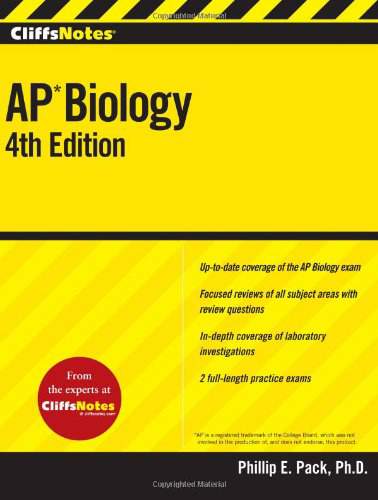Connecting...

This is a quick preview of the lesson. For full access, please Log In or Sign up.
For more information, please see full course syllabus of AP Biology
For more information, please see full course syllabus of AP Biology
AP Biology Organic Compounds
Lecture Description
Organic compounds contain carbon skeletons of varying lengths, while inorganic compounds do not contain any carbon. Isomers have the same formula but different structures (structural, geometric, enantiomers). Key functional groups include amino groups, carboxyl groups, hydroxyl groups, methyl groups, carbonyl groups, and phosphates. Carbohydrates (sugars like mono- and poly-saccharides and starches), lipids (fats), nucleic acids (DNA), and proteins (made from amino acids) are the four major kinds of organic compounds in biology. Carbohydrates are common in cell walls. Lipids form cell membranes, steroids like cholesterol, saturated and unsaturated fats, etc.
Bookmark & Share
Embed
Share this knowledge with your friends!
Copy & Paste this embed code into your website’s HTML
Please ensure that your website editor is in text mode when you paste the code.(In Wordpress, the mode button is on the top right corner.)
×
- - Allow users to view the embedded video in full-size.
Next Lecture
Previous Lecture










































 Answer Engine
Answer Engine






1 answer
Tue Mar 13, 2018 7:21 PM
Post by Ashwin Balaji on March 9, 2018
Hi,
I have not take regular biology but I have taken Chemistry. Will I really struggle in AP Biology if I don't take Biology or is it ok and I can still get an A?
Thanks
0 answers
Post by steven schultz on September 12, 2014
Time Marker 17:24 you got some TEXAS CARBON on that Aldehyde.
0 answers
Post by Nada Al Bedwawi on January 11, 2014
In 34:40, what do you mean by cellulose stimulates mucus secretions from the cells in the intestine?
1 answer
Wed Jan 8, 2014 7:19 PM
Post by Lai Man In on November 28, 2013
it seems so hard for me as a student who haven't studied chemistry before.. the reason why i need to watch this series is that i have to deal with the topic related to cell biology, and the most important parts for me in university will be the physiology and anatomy. Anyway, it requires me to study the entire biology series ;p just keep hard-working on it and this is the only solution for me =D
1 answer
Fri Jan 18, 2013 6:06 PM
Post by Linh La on January 9, 2013
Dr. Eaton,
I have 2 questions.
1. You mentioned that hydrophobic substances will pass through the membrane easier because of the nonpolar central region in the phospolids. Could you explain why polar substances will pass through easier? Is it because it doesn't get dissolved in water?
2. I am a little confused on the terms dehydration and condensation. Glycosidic linkages are formed by the dehydration of 2 hydroxyl groups but you also used the word condensation which means water is being produced. Does it mean that on the reactant side is the dehydration part because it loses water and on the product sides is the condensation because water is being produced?
2 answers
Thu Mar 1, 2012 2:24 PM
Post by JUAN PABLO SALINAS OLVERA on June 23, 2011
Dr. Eaton,
During the carbonyl explanation, the carbonyl carbon has 5 bonds. Just though I would pint it out.
Thanks.
1 answer
Thu Jun 23, 2011 1:10 AM
Post by Jay Patel on June 19, 2011
Dr. Eaton,
At 24:00 on the fructose molecule, you circled the carbonyl group as a ketone. I didn't see the hydrogen single bonded to the harbon.
Does the H have to be there for it to be a carbonyl group?
1 answer
Fri Apr 8, 2011 1:27 AM
Post by Billy Jay on April 7, 2011
Hi Dr. Eaton,
Just thought I'd clarify something in the video. At 11:30 - "D" and "L" (both capital letters) are relative configurations used to describe sugars and amino acids. All mammals (humans included) have D-Sugars, and L-aminoacids. This is different though from the typical convention given for a pair of enantiomers. For a pair of enantiomers, one molecule rotates light clockwise ("d" for dextrorotatory) and the other clock-wise ("l" for levorotatory). Both however, are lower-case letters.